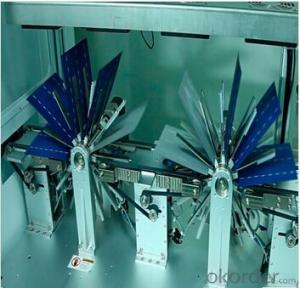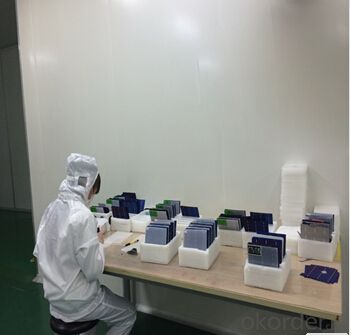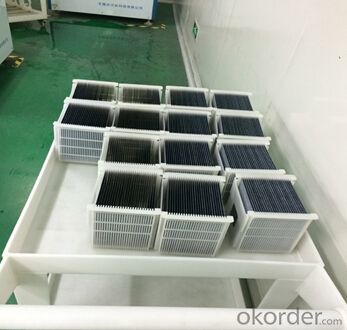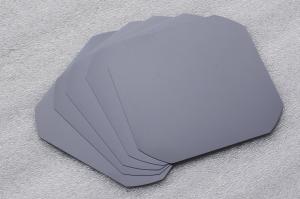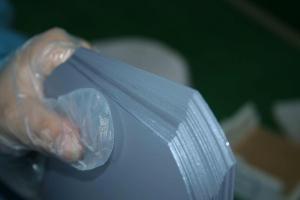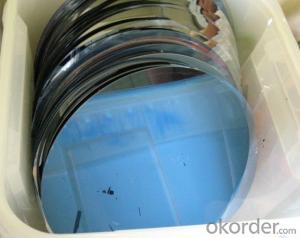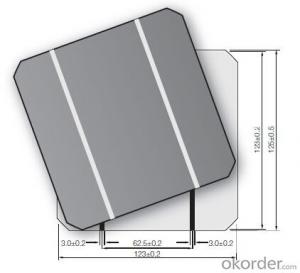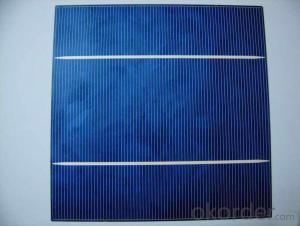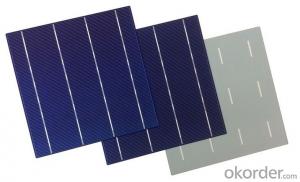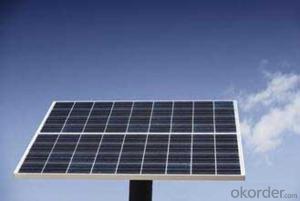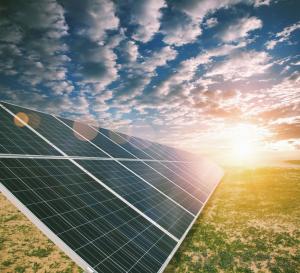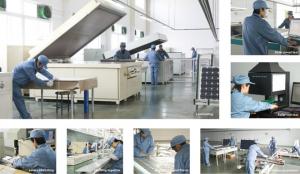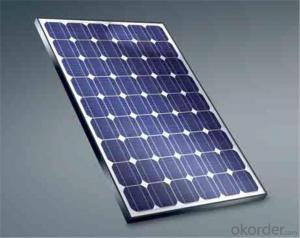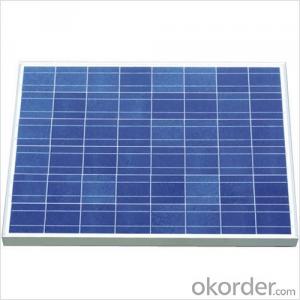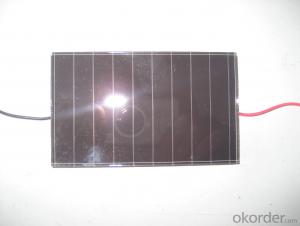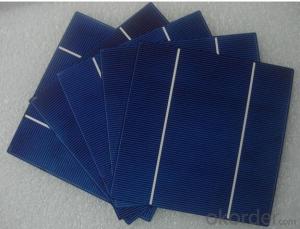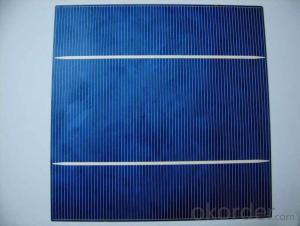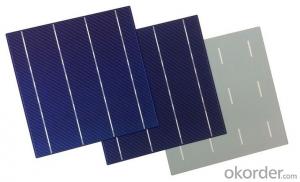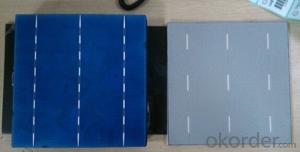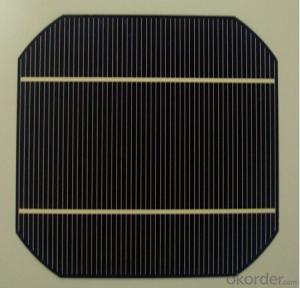310W Silicon Wafer Mono & Poly Solar Panel Powered Solar Cell
- Loading Port:
- China main port
- Payment Terms:
- TT OR LC
- Min Order Qty:
- 100 watt
- Supply Capability:
- 10000 watt/month
OKorder Service Pledge
OKorder Financial Service
You Might Also Like
310w mono & poly solar panel powered solar cell
Solar Module Summarize
Solar Module is the core part of solar PV power systems,also is the highest value part of it. The function of Solor Module is to convert the sun's radiation to electrical energy, or transfer it to battery and store in it, or to drive the load running.
The Product has been widely used in space and ground, it mainly used for power generation systems, charging systems, road lighting and traffic signs areas. It could offer a wide range of power and voltage, and with high conversion efficiency, and long service life.
FEATURES
Long Service Life
High Efficiency Solar Cells
Special Aluminum Frame Design
High Transmission, Low Iron Tempered Glass
Advanced Cell Encapsulation
Main Characteristic
Eff(%) | 18.00- 18.10 | 18.10- 18.20 | 18.20- 18.30 | 18.30- 18.40 | 18.40- 18.50 | 18.50- 18.60 | 18.60- 18.70 | 18.70- 18.80 | 18.80- 18.90 | 18.9- 19.0 | 19.1- 19.1 | 19.1- 19.2 |
Pm(W) | 4.30 | 4.33 | 4.35 | 4.37 | 4.40 | 4.42 | 4.44 | 4.47 | 4.49 | 4.52 | 4.54 | 4.56 |
Isc(A) | 8.71 | 8.73 | 8.76 | 8.77 | 8.78 | 8.82 | 8.83 | 8.85 | 8.86 | 8.88 | 8.9 | 8.93 |
Im(A) | 8.19 | 8.21 | 8.24 | 8.26 | 8.30 | 8.33 | 8.35 | 8.39 | 8.42 | 8.45 | 8.47 | 8.51 |
Voc(V) | 0.630 | 0.631 | 0.632 | 0.633 | 0.634 | 0.634 | 0.635 | 0.636 | 0.637 | 0.637 | 0.638 | 0.64 |
Vm(V) | 0.527 | 0.528 | 0.529 | 0.531 | 0.531 | 0.532 | 0.534 | 0.534 | 0.535 | 0.536 | 0.537 | 0.538 |
FF(%) | 78.6 | 78.7 | 78.8 | 79.0 | 79.2 | 79.3 | 79.5 | 79.6 | 79.8 | 80 | 80 | 80 |
Product Show
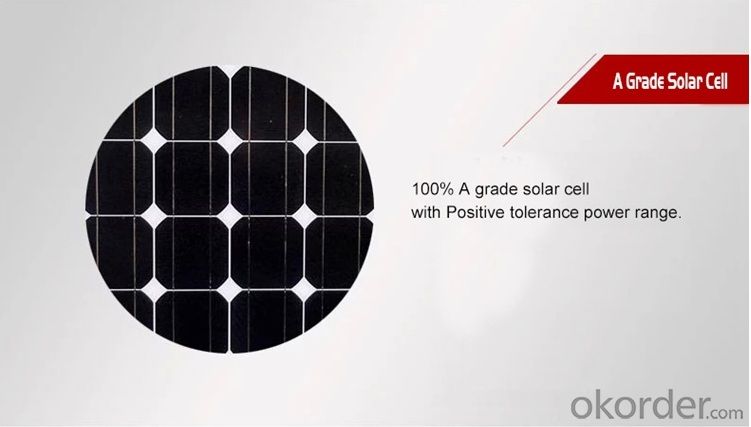
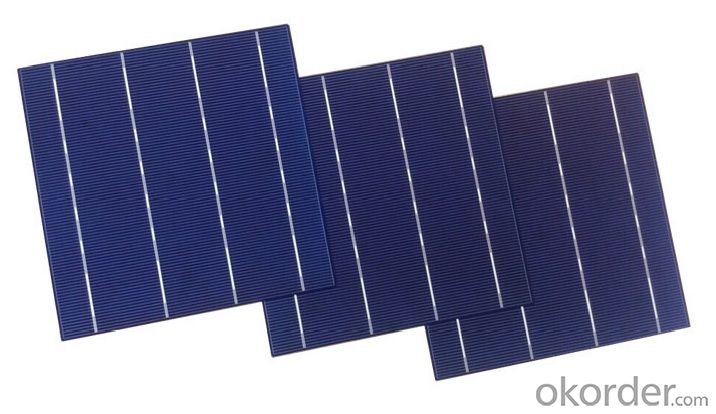
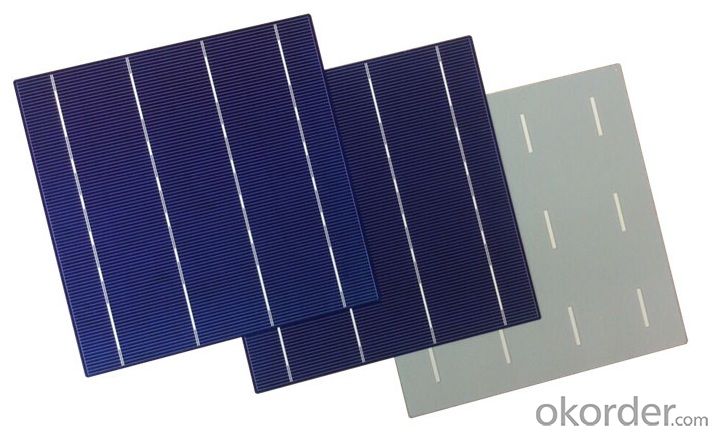
Top 7 Reasons to Order From Us:
1) We offer you the best quality on the market!
2) We offer you strongly competitive prices !
3) We offer the fastest shipping !
4) we can accept small order!
5) we design various of watt according to cuatomer!
6) We have the best customer service team!
7) We have excellent manufacturer solar panel warranty policy!
- Q: Are solar silicon wafers affected by vibrations?
- Yes, solar silicon wafers can be affected by vibrations. Vibrations can cause microcracks or fractures in the silicon material, which can reduce the efficiency of the solar cells and potentially lead to their failure over time. It is important to minimize vibrations during the handling, installation, and operation of solar panels to maintain their performance and longevity.
- Q: What are the advantages of using a solar silicon wafer?
- There are several advantages of using a solar silicon wafer. Firstly, silicon is abundantly available in the Earth's crust, making it a cost-effective and sustainable material for solar panels. Secondly, silicon has excellent electrical properties, allowing for efficient conversion of sunlight into electricity. Additionally, silicon wafers have high durability and can withstand harsh environmental conditions, ensuring a long lifespan for solar panels. Lastly, silicon wafers can be easily fabricated into various shapes and sizes, providing flexibility in design and installation options for solar systems.
- Q: What are the reasons for the emergence of the black chip phenomenon of the monocrystalline silicon, which aspects of the production process have an impact on it, preventive measures, and improvement measures?
- You say the phenomenon called flower piece, the formation of many factors, the main reason is that contamination, because in the process, the wafer surface after polishing the silicon atom is bond breaking, it is easy to adsorb metal ions and cannot completely by cleaning out.
- Q: How has the technology for solar silicon wafers evolved over time?
- The technology for solar silicon wafers has evolved significantly over time. Initially, silicon wafers were thick and costly to produce. However, advancements in manufacturing techniques have led to the development of thinner wafers, reducing material costs and increasing efficiency. Additionally, the quality of silicon used in wafers has improved, resulting in higher conversion rates and enhanced performance. Moreover, innovative processes like multi-crystalline silicon and monocrystalline silicon have been introduced, further improving the efficiency of solar cells. Overall, the evolution of technology has made solar silicon wafers more affordable, efficient, and accessible, driving the widespread adoption of solar energy.
- Q: Are solar silicon wafers affected by voltage surges?
- Yes, solar silicon wafers can be affected by voltage surges. Voltage surges can potentially damage the delicate electronic components of solar panels, including the silicon wafers. It is important to have proper surge protection measures in place to minimize the risk of damage and ensure the longevity and performance of solar panels.
- Q: How is the silicon chip integrated circuit?
- The following procedures: scribing - sintering base - bonding - in - Test - Packaging - aging - testing - printing (laser or screen printing)
- Q: What is the role of solar silicon wafers in reducing noise pollution?
- Solar silicon wafers do not have a direct role in reducing noise pollution. They are primarily used in the manufacturing of solar panels to convert sunlight into electricity. However, solar panels themselves can indirectly contribute to reducing noise pollution by replacing traditional power sources, such as diesel generators, that produce noise during operation.
- Q: Are there any advancements in solar silicon wafer surface texturing techniques?
- Yes, there have been significant advancements in solar silicon wafer surface texturing techniques. Researchers have been exploring various innovative methods such as laser texturing, nanoimprinting, and chemical etching to enhance light absorption and overall efficiency of solar cells. These advancements aim to create highly textured surfaces that reduce reflection and increase the capture of sunlight, ultimately leading to improved performance of solar panels.
- Q: Can solar silicon wafers be used in urban environments for power generation?
- Yes, solar silicon wafers can definitely be used in urban environments for power generation. The compact size and versatility of solar panels allow them to be easily installed on rooftops, buildings, or even integrated into urban infrastructure such as streetlights or bus stops. This enables urban areas to harness solar energy and generate clean and renewable power in a sustainable manner.
- Q: How are solar silicon wafers tested for mechanical strength and durability?
- Solar silicon wafers are typically tested for mechanical strength and durability through various methods. One common approach is the four-point bending test, where a wafer is subjected to controlled bending stress to measure its flexural strength and resistance to breakage. Another method involves the use of a diamond-tipped stylus to scratch the wafer's surface and evaluate its hardness. Additionally, tests like the ball drop test or impact test are conducted to simulate real-life scenarios and assess the wafer's resistance to mechanical shocks. These tests help ensure that solar silicon wafers can withstand the rigors of manufacturing, installation, and long-term operation in solar panels.
Send your message to us
310W Silicon Wafer Mono & Poly Solar Panel Powered Solar Cell
- Loading Port:
- China main port
- Payment Terms:
- TT OR LC
- Min Order Qty:
- 100 watt
- Supply Capability:
- 10000 watt/month
OKorder Service Pledge
OKorder Financial Service
Similar products
Hot products
Hot Searches
Related keywords
